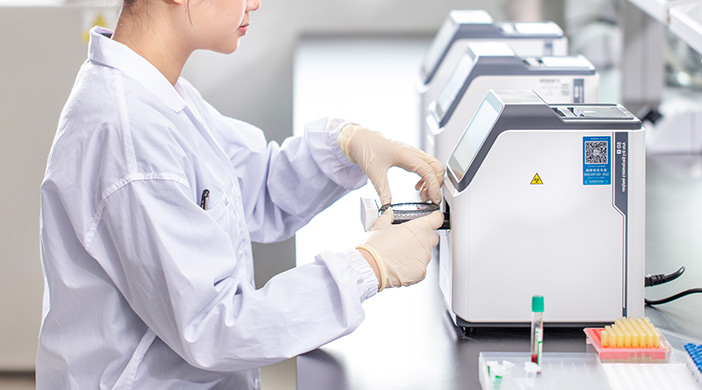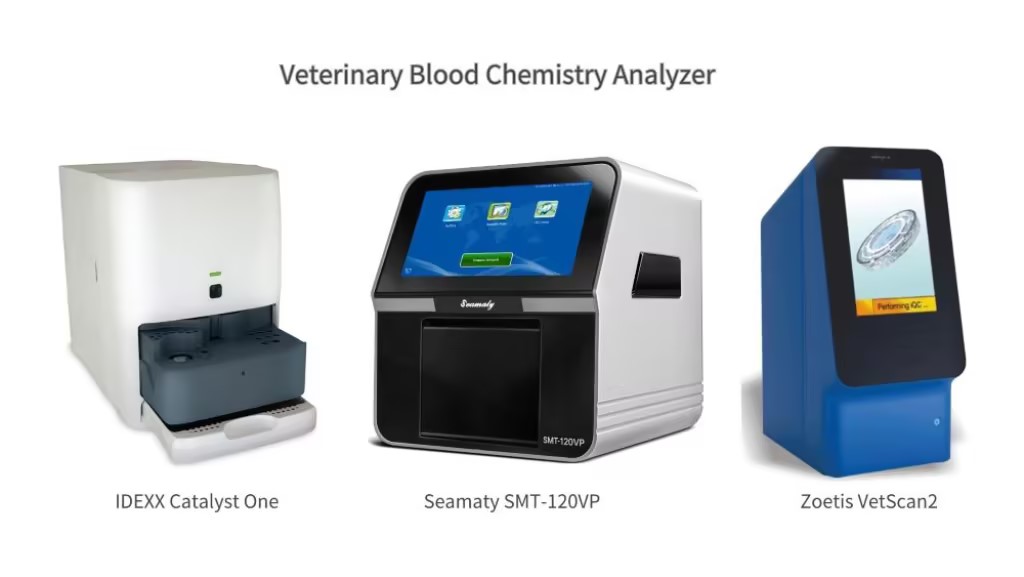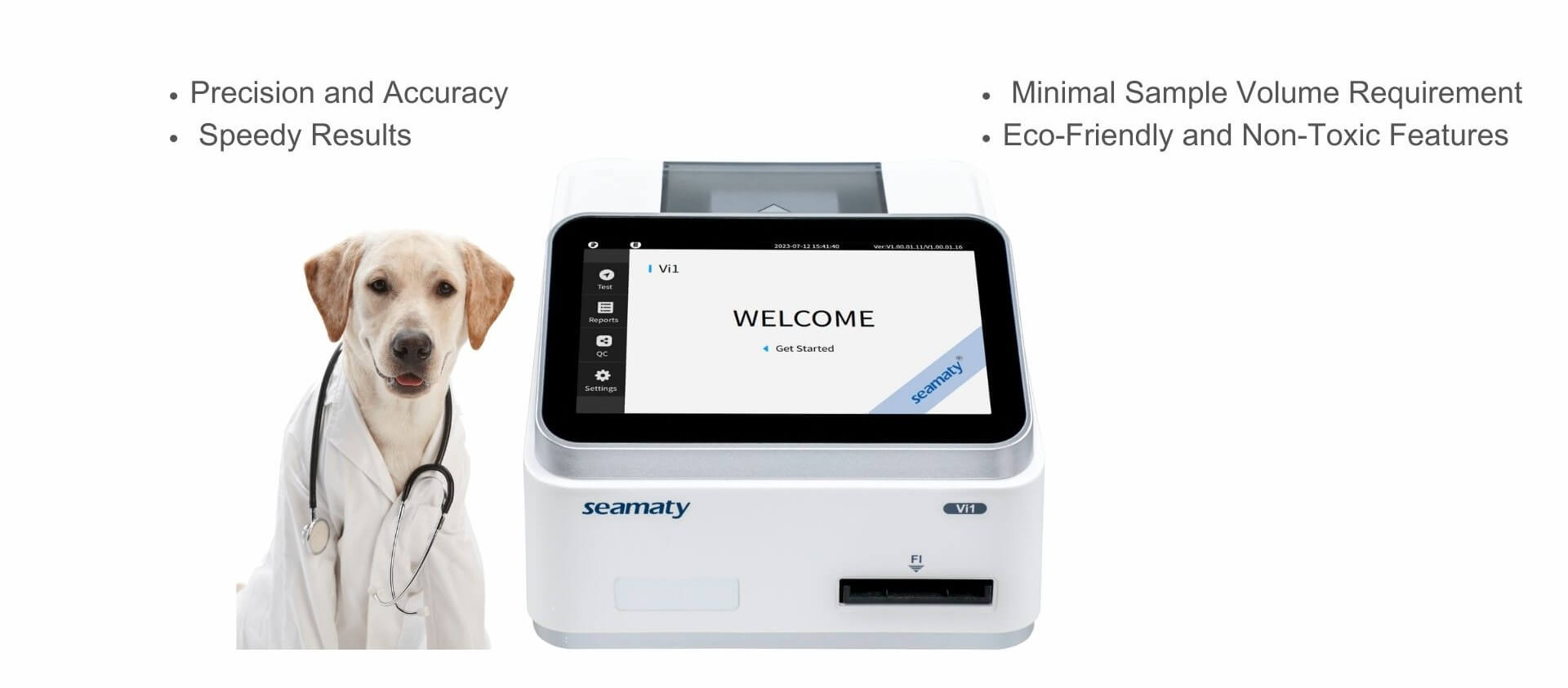Life science and medical instrumentation includes a variety of different systems. Examples include in vitro chemistry analyzers, flow cytometry analyzers, infusion pumps, dialysis equipment, ventilators, catheters, and other devices. In vitro chemistry analyzers utilize many electrochemical and optical techniques to analyze blood, urine, cerebrospinal fluid, and other biological samples.
Among the most widely used techniques are optical measurements, examples of which include colorimetric, absorption, spectroscopic assays, and fluorescence detection methods. Chemical substances such as antigens, molecules and proteins can be measured in body fluids by these means. Because these techniques allow for rapid measurement functions with high sensitivity and high accuracy even when detecting small doses of chemicals, they are widely used at all levels of hospitals, clinics, and services such as immunization stations.

The in vitro chemistry analyzer is a very complex system. It includes an optical engine (consisting of a light source, geophones and other optical components), sample movement/flow control, automatic control and handling, power management, environmental monitoring and control (temperature, pressure, humidity). To improve efficiency, the
biochemistry analyzer has been highly automated. The technology automates sample loading, tube cleaning, mechanical control and data processing. The operator only needs to insert the sample to be analyzed, select the program and start the instrument.
In vitro chemistry analyzers can be classified by processing capacity as large (samples over 600 per hour), medium (samples 300-600 per hour) and small (samples under 300 per hour). They differ in characteristics and can be classified as lab testers or POCT analyzers (POCT, deployed next to the patient to speed up test turnaround time).
Design considerations and key challenges for in vitro chemistry analyzers
1. In vitro chemistry analyzer system integration is complex. This is because in vitro chemistry analyzers contain many different technologies, such as spectrophotometers, electrochemical modules (ISE, PH), flow control and sample handling functions, automatic controls, and data processing systems.
-
1) Measurement speed is very important
-
2) Reagent volume control is important to reduce costs and ensure consistency
-
3) Optical system control and accuracy are key elements of the system
2. Spectrophotometer
-
1) I/V converter in photodiode input requires low bias current, high input impedance, low noise, and low-distortion operational amplifier
-
2) Fast, high precision, synchronous sampling ADC
-
3) Low noise and stable power supply
3. Temperature control is extremely important for reagents and chemical reactions
-
1) Enzymes are sensitive to temperature fluctuations
-
2) Reaction rate is very sensitive to temperature
-
3) The general temperature range is body temperature with an accuracy of up to ±0.1°C
-
4) Sometimes integrated heating/cooling equipment for smooth temperature control
4. Automatic control is necessary to improve execution efficiency
-
1) Precise stepping and position control
-
2) Multi-axis motor motion control for moving and transferring samples within the instrument
-
3) Accurate liquid level measurement
-
4) Pressure detection for blockage detection
-
5) Precise and fast sample loading and cleaning
5. Data processing and classification
-
1) High-speed processor for multi-channel data processing
-
2) DSP for accelerating complex analysis
-
3) Provide inspection reports as fast as possible



